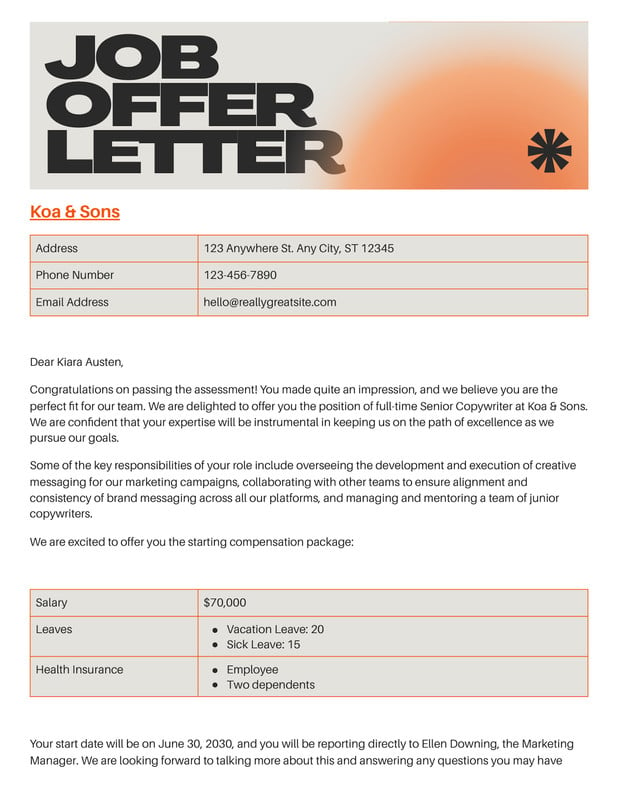Navigating The Chinese Market: The Difficulties Faced By BMW, Porsche, And Competitors

Table of Contents
Intense Competition and Local Players
The Chinese automotive market is a battleground. Established international brands like BMW and Porsche face relentless pressure not only from each other but also from rapidly growing domestic automakers. This intense competition significantly impacts profitability and market share.
- Price wars and aggressive marketing tactics by local brands: Chinese brands employ aggressive pricing strategies and sophisticated marketing campaigns, often leveraging nationalistic sentiment to attract buyers. This necessitates constant price adjustments and innovative marketing approaches from international players.
- The rise of electric vehicle (EV) manufacturers like BYD and NIO, challenging traditional luxury segments: The rapid growth of domestic EV manufacturers, such as BYD and NIO, is disrupting the luxury car segment. These companies are offering cutting-edge technology and competitive pricing, directly challenging established luxury brands. BMW and Porsche are forced to significantly invest in their own EV offerings to maintain competitiveness.
- The impact of government subsidies and incentives favoring domestic brands: Government policies often favor domestic brands through subsidies and tax breaks, creating an uneven playing field for international competitors. This necessitates careful consideration of government regulations and incentives when developing market strategies.
- Examples of specific Chinese brands impacting BMW and Porsche's market share: Brands like Geely, Great Wall Motors, and Chery are increasingly encroaching on the market segments traditionally dominated by BMW and Porsche, forcing these luxury brands to adapt and innovate to maintain their position.
Understanding Chinese Consumer Preferences
Successfully navigating the Chinese market necessitates a deep understanding of evolving consumer preferences. Chinese consumers exhibit unique tastes and demands, influenced by a complex interplay of cultural factors, technological advancements, and social trends.
- Preference for specific features and technologies (e.g., advanced driver-assistance systems, connectivity): Chinese consumers value technological sophistication. Features like advanced driver-assistance systems (ADAS), seamless connectivity, and advanced infotainment systems are highly sought after. Meeting these demands requires substantial investment in R&D and technology integration.
- The importance of brand image and social status in purchase decisions: Luxury car purchases in China are often tied to social status and brand image. Building a strong brand reputation and associating with aspirational lifestyles is crucial for success.
- The influence of online reviews and social media on consumer choices: Online reviews and social media significantly influence purchasing decisions. Managing online reputation and engaging with consumers on digital platforms is vital for building trust and brand loyalty.
- The growing demand for customized and personalized vehicles: Chinese consumers increasingly desire personalized vehicles, seeking options for customization and bespoke features. Offering tailored options and customization services is becoming a key differentiator.
Navigating Regulatory Hurdles and Tariffs
The regulatory environment in China presents significant challenges for international automotive brands. Navigating complex regulations, import tariffs, and government policies requires meticulous planning and adaptation.
- Strict emission standards and environmental regulations: China has implemented stringent emission standards and environmental regulations, requiring significant investments in cleaner technologies and compliance measures.
- Bureaucratic processes and licensing requirements: Obtaining necessary licenses and approvals can be a time-consuming and complex process, requiring substantial resources and expertise.
- Import tariffs and taxes impacting profitability: High import tariffs and taxes significantly increase the cost of imported vehicles, impacting profitability and competitiveness.
- Challenges in meeting local content requirements: Meeting local content requirements, mandating a certain percentage of locally sourced parts, presents logistical and manufacturing challenges.
Building a Strong Local Presence and Distribution Network
Establishing a strong local presence and an efficient distribution network is crucial for success in the Chinese market. This requires a multifaceted approach encompassing marketing, sales, and after-sales service.
- The need for localized marketing campaigns tailored to Chinese consumers: Marketing campaigns must be culturally relevant and resonate with Chinese consumer preferences, leveraging local influencers and media channels.
- Developing robust dealer networks across diverse regions: A wide and reliable dealer network is crucial for sales, service, and parts distribution across China's vast and diverse geographical landscape.
- Effective after-sales service and customer support: Providing high-quality after-sales service and customer support is essential for building trust and loyalty among Chinese consumers.
- The importance of strong relationships with local government and partners: Building strong relationships with local authorities and strategic partners is crucial for navigating regulatory hurdles and fostering business growth.
Adapting to the Changing Technological Landscape
The Chinese automotive market is characterized by rapid technological advancements. Staying ahead of the curve and adapting to the evolving technological landscape is essential for maintaining competitiveness.
- Staying ahead in autonomous driving technology: The development and implementation of autonomous driving technologies are crucial for attracting tech-savvy Chinese consumers.
- Investing in and integrating advanced connectivity features: Investing in and integrating advanced connectivity features, such as 5G connectivity and sophisticated infotainment systems, is vital for enhancing the user experience.
- Developing electric vehicle models tailored to the Chinese market: Developing and offering electric vehicles (EVs) tailored to the specific needs and preferences of the Chinese market is critical for remaining competitive.
- Adapting to the increasing popularity of ride-hailing services: The growing popularity of ride-hailing services requires adaptation and integration into the evolving transportation landscape.
Conclusion
Successfully navigating the Chinese market requires a deep understanding of consumer preferences, regulatory complexities, and the intensely competitive landscape. Brands like BMW and Porsche, while enjoying success, face significant challenges. Their ability to adapt, innovate, and invest strategically will determine their long-term success in this dynamic environment. Understanding the difficulties faced by luxury brands in navigating the Chinese market is crucial for future success. Further research and strategic planning are essential for any brand aiming to thrive in this dynamic and increasingly competitive environment. Learn more about the challenges and opportunities of navigating the Chinese market and developing a successful strategy.

Featured Posts
-
 Understanding The Net Asset Value Nav Of Amundi Msci World Ii Ucits Etf Dist
May 24, 2025
Understanding The Net Asset Value Nav Of Amundi Msci World Ii Ucits Etf Dist
May 24, 2025 -
 Aubrey Wursts Stellar Performance Propels Maryland Softball To Victory
May 24, 2025
Aubrey Wursts Stellar Performance Propels Maryland Softball To Victory
May 24, 2025 -
 Strategi Investasi Memaksimalkan Potensi Mtel And Mbma Di Msci Small Cap
May 24, 2025
Strategi Investasi Memaksimalkan Potensi Mtel And Mbma Di Msci Small Cap
May 24, 2025 -
 Responding To A Best And Final Job Offer A Practical Guide
May 24, 2025
Responding To A Best And Final Job Offer A Practical Guide
May 24, 2025 -
 Planning Your Memorial Day Trip Best Flight Dates For 2025
May 24, 2025
Planning Your Memorial Day Trip Best Flight Dates For 2025
May 24, 2025
Latest Posts
-
 Italian Open Andreescu Triumphs Over Rybakina In Straight Sets Reaches Round Of 16
May 24, 2025
Italian Open Andreescu Triumphs Over Rybakina In Straight Sets Reaches Round Of 16
May 24, 2025 -
 Andreescu Advances To Italian Open Fourth Round After Straight Sets Win Over Rybakina
May 24, 2025
Andreescu Advances To Italian Open Fourth Round After Straight Sets Win Over Rybakina
May 24, 2025 -
 Onlayn Translyatsiya Matcha Rybakinoy Na Prestizhnom Turnire S Prizovym Fondom 4 Milliarda
May 24, 2025
Onlayn Translyatsiya Matcha Rybakinoy Na Prestizhnom Turnire S Prizovym Fondom 4 Milliarda
May 24, 2025 -
 Shtutgart Aleksandrova Obygrala Samsonovu Na Starte Turnira
May 24, 2025
Shtutgart Aleksandrova Obygrala Samsonovu Na Starte Turnira
May 24, 2025 -
 Aleksandrova Vybila Samsonovu V Pervom Raunde Turnira V Shtutgarte
May 24, 2025
Aleksandrova Vybila Samsonovu V Pervom Raunde Turnira V Shtutgarte
May 24, 2025
